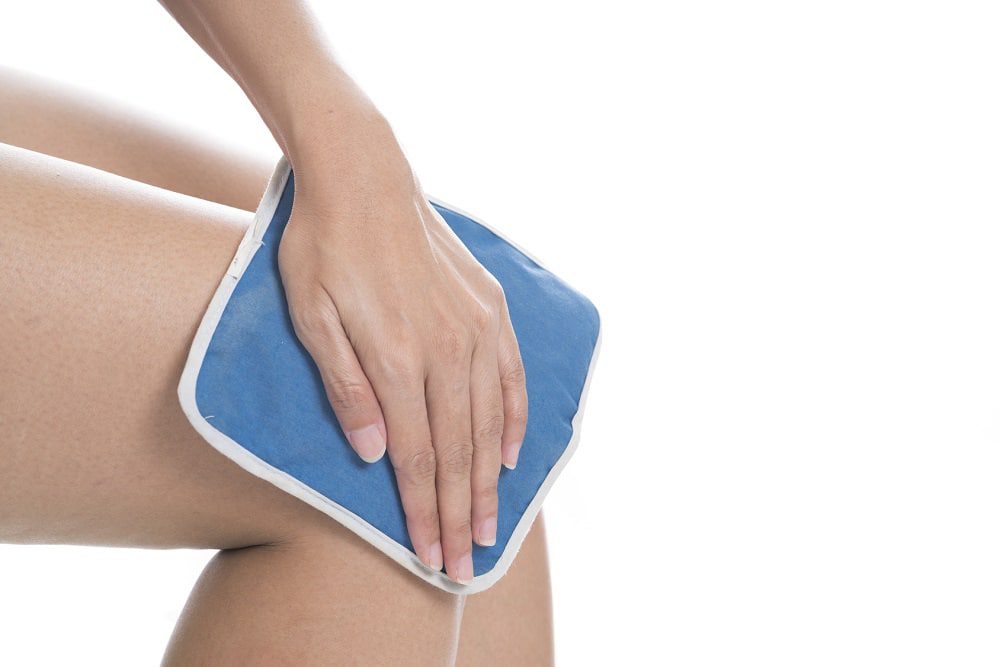After sustaining an acute injury, patients often ask us whether they should use hot or cold therapy. The answer to that question though depends on a couple of factors, such as whether your injury is new or chronic and also if you're feeling pain or stiffness.
Do I Use Ice or Heat to Treat My Injury?
Typically, ice is recommended for acute injuries to manage swelling as well as to control the pain from the inflammatory process. Ice is also ideal for treating new injuries. When treating for inflammation, it is important to know that inflammation has a purpose (to promote healing), so the goal is not to eliminate inflammation completely.
On the other hand, heat is great for treating prolonged or chronic injuries you may have sustained. The heat helps to increase your blood flow, which relieves stiffness. This leads to relaxed muscles and aching joints, as well as improving your flexibility.
People who have stiffness, stress or chronic issues with acute flare-ups typically respond well to heat. Consider these examples when using a heating pad to apply heat yourself:
If you have a chronic pain in the knee or hip, applying a hot pack to the low back (directly to your spine) may make your knee feel better. You can also apply the hot pack directly on the area where you typically get the pain to help provide you with relief.
The same example could be used for the upper body. If you have elbow pain or shoulder pain over the past few weeks or months, try putting a hot pack around your neck to see if it has an impact on the symptoms of the shoulder.
If it does, it may warrant further investigation of your neck by your physical therapist to see if there are any contributing factors to the pain you are experiencing. This type of example can prove to be an excellent diagnostic tool in dealing with both chronic pain and acute flare-ups with chronic issues.
Tips for Applying Ice and Heat Therapy
How long you apply ice or heat will vary depending on the source of heat or cold you are using. The more aggressive the source (cold = ice bath, ice bag; heat = moist hot pack) the less time you will need to apply it. 8-10 minutes it a good time frame to start. Less aggressive sources such warm heating pad or bag of peas you could keep one for a bit longer around 15 minutes.
Here are some general guidelines to remember when applying ice or heat therapy yourself:
- Always allow your skin to return to normal temperature before reapplying ice or heat to avoid skin burns.
- Remember to use a thin protective layer when using ice or heat packs.
- Be sure not to fall asleep while applying therapy to ensure you don't get skin burns.
- For ice, set a timer for around 10 minutes at a time to ensure you avoid cold burns.
- Apply ice for the first 48 hours after an acute injury.
Use the modality (ice or heat) that has worked best for you. If you take hot showers and you feel great afterward, stick with heat for your typical aches and stiffness. If ice has worked well for you in the past, stick with using ice.
Don't hesitate to contact SET Physical Therapy with any questions you may have if you've experienced an injury and are wondering whether ice or heat therapy would be best. Our therapists are happy to answer any questions you may have and can help you review your treatment options for your particular case.
Disclaimer: This article is meant for general health information only and isn't intended to provide specific medical advice or a diagnosis to any individual. Please consult a medical professional before starting or changing a fitness, nutrition or treatment program.





